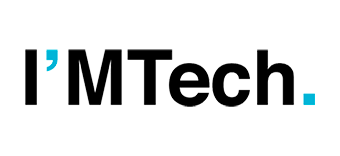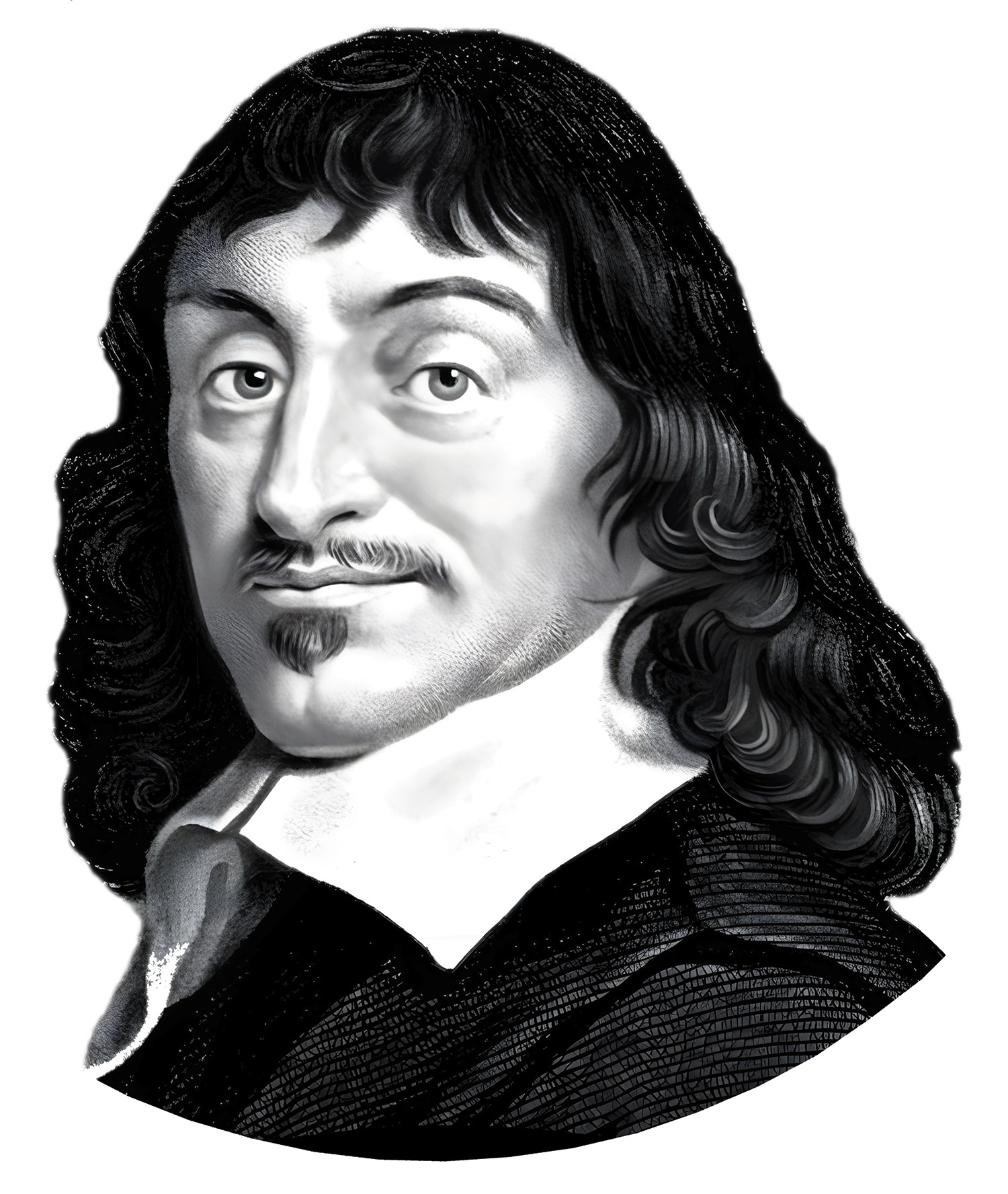In a way, Descartes invented a new logical process, revolving around certainty. The wealth of this approach today is that it could serve as a bridge between philosophy and mathematics, removing the barrier often placed between the two disciplines. That is what Olivia Chevalier, Research Officer at Institut Mines-Télécom Business School, suggests. “At one point, I taught science students in their final year of high school, and then went on to teach preparatory classes. And students who were the best in philosophy were often also the best in mathematics.”
One of the reasons is undoubtedly conceptual rigor, i.e. analyzing concepts and differentiating them through argumentative and demonstrative rigor. For the researcher, “philosophy is not a matter of aligning memories and good ideas; it’s first and foremost about thinking about reality and setting out definitions, whether provisional or not, negligible or not, as you reflect with a rational, logical approach, i.e. one that is universal.”
The value of thinking about Descartes in our time
Descartes became the scientific paradigm, in terms of both methodology and theoretical framework. On the one hand, he provided the mathematical foundations that made mathematical physics possible. Galileo also contributed to this, but as a physicist rather than a mathematician and philosopher. Descartes then set out to reconstruct philosophy, which in his day encompassed the majority of knowledge.
For this, he had to rethink what an object is, reducing it to a portion of matter, i.e. eliminating what Aristotle called qualities. For Descartes, it is simply matter configured in a particular way, according to certain mathematical laws. For example, a pen cartridge is nothing more than plastic configured in a certain way, inside which ink is located. This liquid is a less dense arrangement of particles of matter than its plastic container.
Descartes’ Metaphysical Meditations is concerned with what an object is, i.e. a portion of matter. For this matter to be addressed mathematically, it must be reduced to its dimensions, i.e. length, width and depth. The researcher adds: “By thus reducing matter to dimensions, and therefore to volume, objects can be addressed ‘mathematically’; this then provides the foundation for all modern physics.”
Focus on Descartes’ mathematics and philosophy
Descartes et ses mathématiques is divided into two main parts, featuring contributions from other specialists. The first part deals with mathematics and the second with the philosophy of mathematics. The book’s first aim is to break Descartes out of the narrow confines of doxa (opinion), which have characterized him for decades. The second aim is to show the multiplicity of Descartes’ contributions to mathematics, whether direct or indirect.
In the first chapter of Part 1, Vincent Jullien, professor of History and Philosophy of Science at Nantes University, addresses the notion of limit, which Descartes does not define in the same way as under modern analysis. The author shows that Descartes offered a framework of requirements that provided the conditions for the modern notion of limit to be defined. Above all, he highlights the diversity of the Cartesian approach, presenting four geometries.
The article by Jean Dhombres, mathematician, mathematics historian and Director Emeritus of Research at the CNRS, and Director of the Center of History of Science and Techniques at Nantes University, looks at algebra, the method of undetermined coefficients for solving quadratic and quartic equations in geometry. Marco Panza, Director of Research at the CNRS, focuses on Cartesian geometry, which breaks with classical Euclidean geometry, or rather is a continuation of it. In his chapter, Benoît Timmermans focuses on arithmetic, on a method proposed by Descartes for constructing odd perfect numbers.
By discussing Descartes’ relationship to the notion of limit, Euclidean geometry, algebra with the method of undetermined coefficients, and arithmetic, the book does two things. Firstly, it emphasizes Descartes’ contribution to the progress of mathematics. Secondly, it refutes the image of Descartes as limited to the four rules of his method.
In Part 2, Jean-Michel Salanskis, Professor Emeritus in philosophy of science at the University of Paris X Nanterre, returns to what he developed in his book Philosophie des mathématiques, applying it to Descartes this time. “He aims to formulate what Descartes did not about his conception of mathematics, and to determine whether or not it is even possible to define a Cartesian philosophy of mathematics”, says Olivia Chevalier. The chapter by Julien Copin, Program Director at the International College of Philosophy, looks at the original logical approach of cogito, which cannot be reduced to a syllogism and does not obey traditional logic in the sense of having logical or chronological order. The final chapter looks at the highly contrasting position and use of the notion of infinity in Descartes’ demonstrative practices in geometry and metaphysics.
The Cartesian method in the face of contemporary challenges
Descartes is both a great mathematician and one of the world’s finest philosophers. According to the researcher, “the two are inseparable, and if he’s a great philosopher, it’s because he’s a great mathematician, and vice versa”. Scientists must draw inspiration from the Cartesian method if we are to remain rigorous in the face of technological advances, such as artificial intelligence. Otherwise, we risk depriving individuals of the opportunity to think things through step by step. With the speed at which information circulates, it is important to avoid learning things “by heart” without understanding their meaning. We should carefully consider how we can use technological advances wisely, in order to better reflect on the challenges of today and tomorrow.





